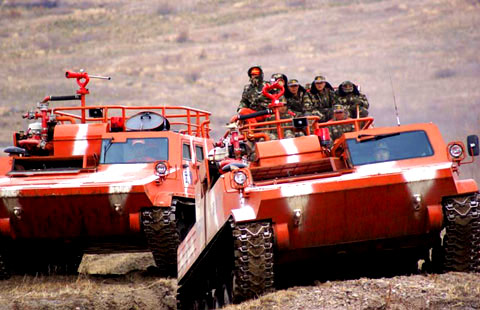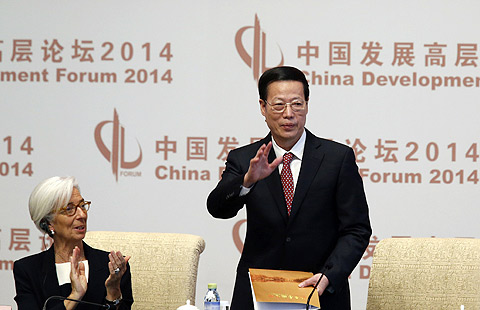Tombs of notable foreigners in China
Updated: 2014-04-05 08:49
(China Daily)
|
|||||||||||
Norman Bethune (1890-1939)
Dr Bethune, a thoracic surgeon and member of the Canadian Communist Party, led a medical team to save injured soldiers in China during the War of Resistance against Japanese Aggression (1937-45). In the nearly two years he spent in China, he operated on soldiers and civilians in war zones and saved many of them. In October 1939, Bethune died of erysipelas, a skin infection he contracted from a wounded soldier he was trying to save in Tangxian county, Baoding, Hebei province. To commemorate him as a great international fighter, a wartime local hospital was named Bethune International Peace Hospital, and it still operates, in Shijiazhuang, capital of Hebei. Bethune is buried at the North China Military Martyrs Cemetery in Shijiazhuang.
Dwarkanath Shantaram Kotnis (1910-42)
Dr Kotnis was an Indian physician sent to China in 1938 to provide emergency medical care for four years during the War of Resistance Against Japanese Aggression. His dedication to treating the injured was noticed, and he was made the head of Bethune International Peace Hospital in 1941. In 1942, he joined the Communist Party of China. Kotnis died of an epileptic seizure while treating Chinese troops in the summer of 1942. He was 32 years old. He has remained a widely revered figure in China for his work during the war and as a symbol of friendship between the two nations. Dr Kotnis is buried the North China Military Martyrs Cemetery in Shijiazhuang.
Matteo Ricci (1552-1610)
Matteo Ricci was an Italian Jesuit priest, scholar and one of the founding figures of the Jesuit China Mission. He was the first Western scholar to work with Chinese literature and classics. Ricci was sent to China in 1582 and reached Beijing in 1600. He wrote and translated many astronomy, geography and mathematics masterpieces. He died in 1610. Emperor Wanli granted his burial in a Buddhist temple. His tomb is currently in a yard in Beijing's Xicheng district, beside the two famous Christian missionaries Ferdinand Verbiest (1623-88) and Johann Adam Schall von Bell (1592-1666). The graveyard was selected as a key cultural relics site under State protection in 2006.
Edgar Snow (1905-72)
Edgar Snow was a journalist from the United States who became famous for his reports on the revolution led by the Chinese Communist Party the best-known is his book Red Star over China. A good friend of Chairman Mao Zedong and premier Zhou Enlai, he continued to visit China after 1949 to cover the socialist reconstruction of the country. Snow died in Switzerland in 1972. In keeping with his wish to be partly buried in China, his wife brought some of his cremated remains to China in 1973. As he used to work for Yanching University, now known as Peking University, Snow was buried near a lake on the campus on Oct 19, 1973. Ye Jianying, marshal of the People's Liberation Army, wrote in Chinese on the tombstone "In memory of Edgar Snow, an American friend of the Chinese people ".
Uchiyama Kanzo (1885-1959)
Uchiyama Kanzo moved to China in 1916 with his wife. Running a bookstore in Shanghai, Kanzo was committed to promoting Sino-Japanese exchanges and friendship. His bookstore served as a major venue for such exchanges in the 1930s. Following his wish, he was buried in the International Cemetery in Shanghai, near his longtime friend Chinese writer Lu Xun.
Related Stories
Ceremony marks beginning of Qingming 2014-04-04 16:28
Things you need to know about Qingming Festival 2014-04-04 16:08
Traditional cultural practices around Qingming Festival 2014-04-04 15:17
Birthplace of Qingming Festival-Mianshan Mountain in Jiexiu city 2014-04-04 14:17
Travel tips for Qingming festival 2014-04-04 10:13
Qingming values remain the same 2014-04-04 08:42
Today's Top News
Challenges in search for MH370 'unprecedented'
China urges rescue of abductee
Satellite to monitor disasters in Europe
44 investigated after plant protest
Answering the call to prayer
Ctiy starts emergency response to Malaysian kidnapping
China reports 2 more H7N9 cases
Turkey expects China's high speed rail investment
Hot Topics
Lunar probe , China growth forecasts, Emission rules get tougher, China seen through 'colored lens', International board,
Editor's Picks

|

|
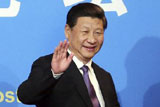
|
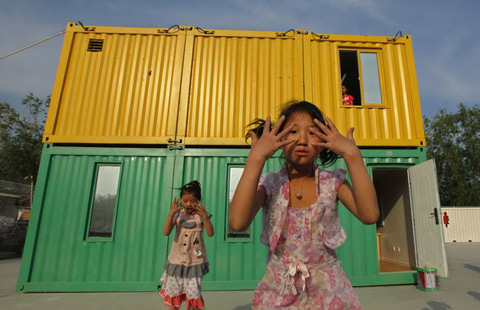
|

|
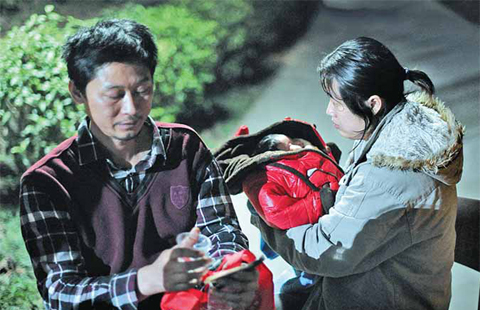
|


